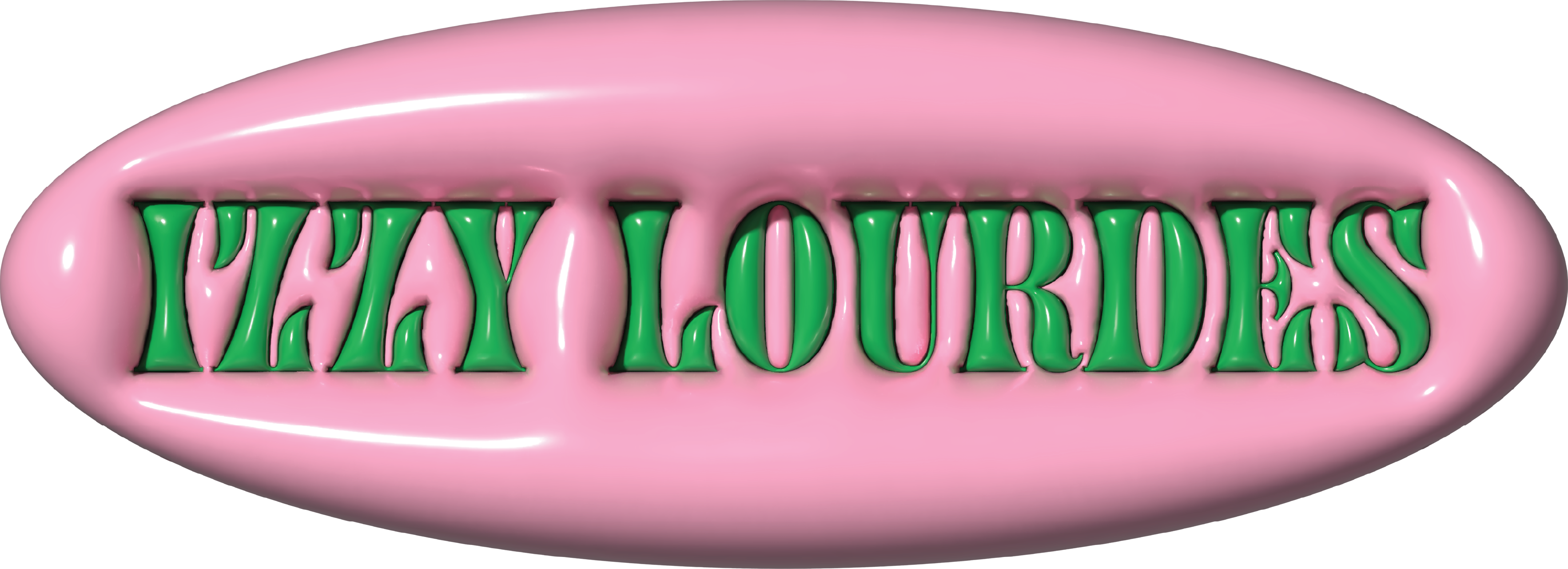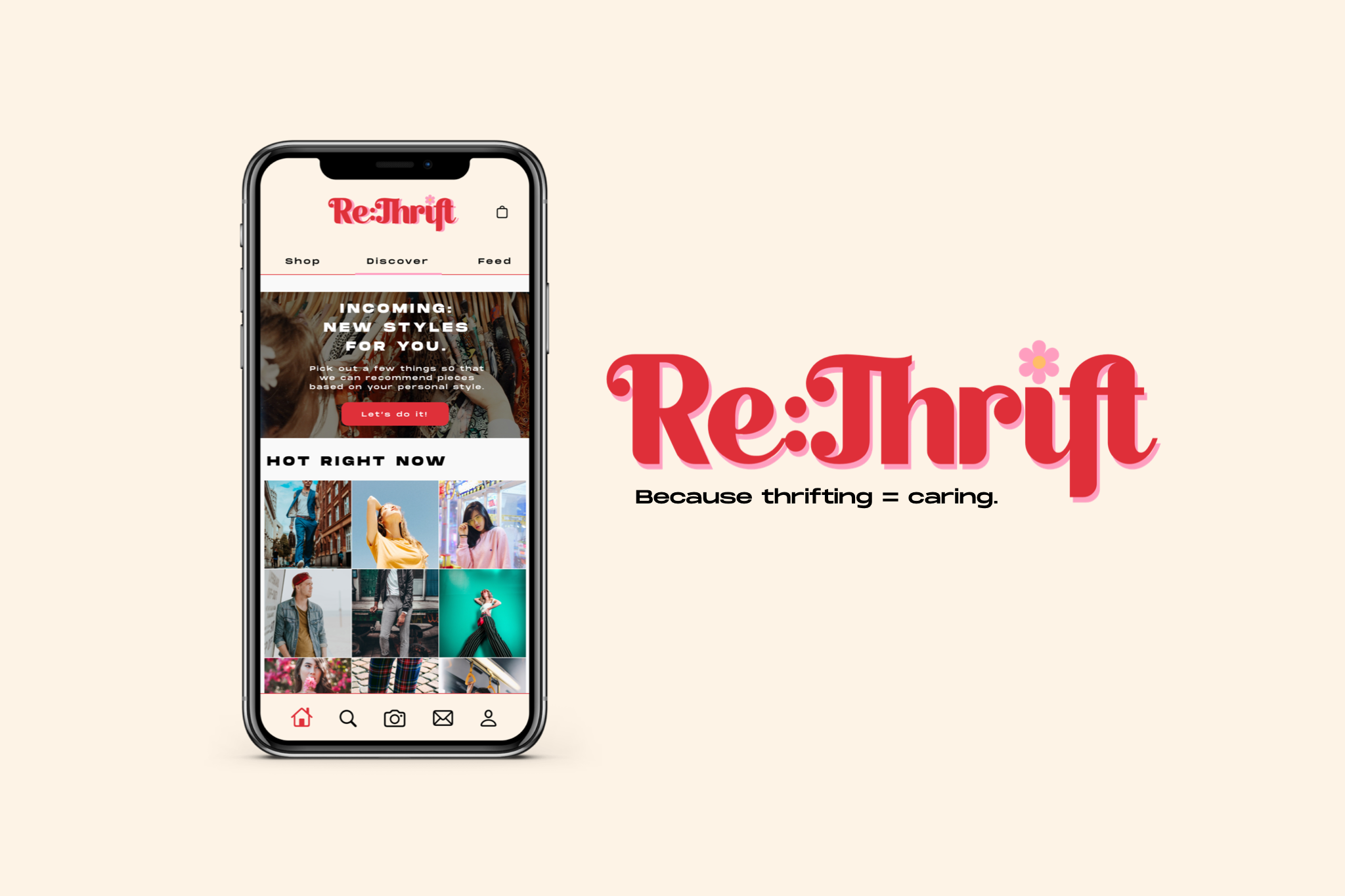
RE:THRIFT
TIMELINE: 2 months
ROLE: UX/UI Designer
TOOLS: Sketch, Invision, pen on paper
About
RE:THRIFT isn’t your average thrift shopping app - in fact, it’s so much more than that!
This unique app was designed to encourage and motivate people to make more ethically and environmentally aware shopping decisions, so that they can easily start their journey into leading a more sustainable lifestyle. To begin, all they have to do is RE:THRIFT.

Design Challenge
When it comes to living more sustainably, not everyone is aware of the little changes they can make to reduce harm to the environment, or even where they should start. Furthermore, not many realize how something as simple as improving shopping habits can benefit the planet - this is where RE:THRIFT comes in! With these facts in mind, we set out to answer the following question...
How might we...
Create an enjoyable online shopping experience that positively reinforces the benefits of buying pre-loved items, so that people are motivated to make more ethical and environmentally aware shopping decisions?
Research Methods
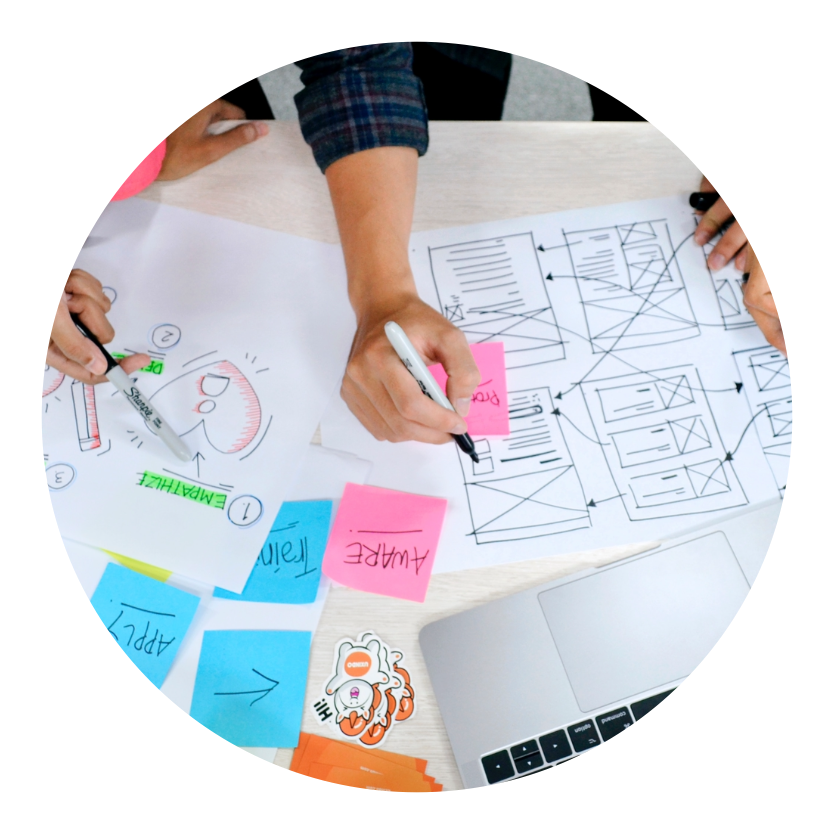
Online research
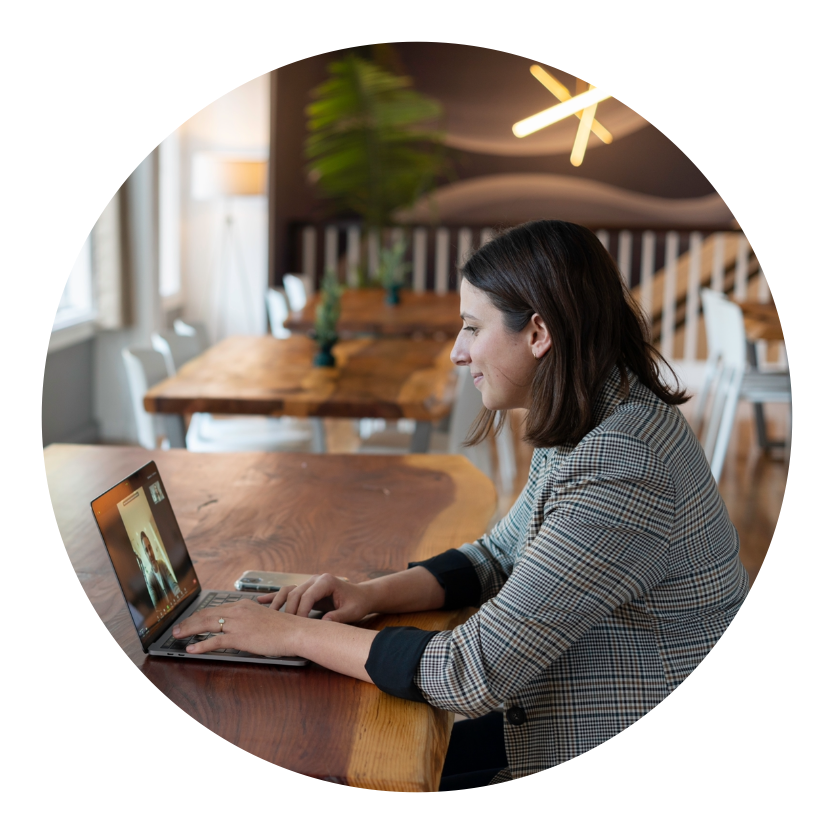
User interviews
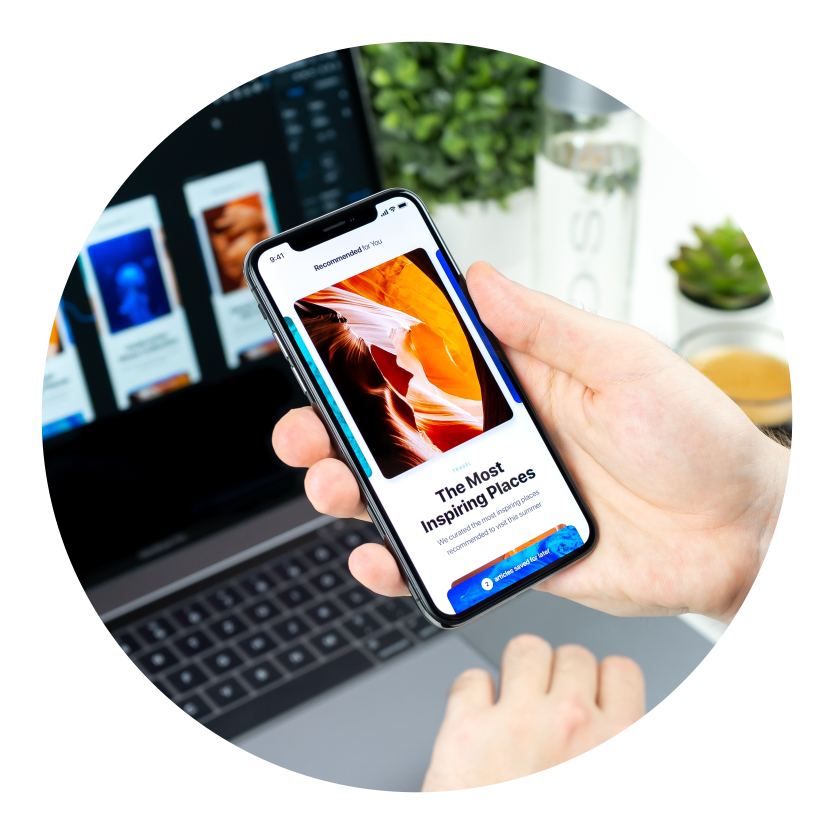
Contextual observation
Key Research Insights
Through the preliminary research that was conducted, we discovered the following:
I.
Globally, we consume about 80 billion pieces of new clothing per year - that's 400% more than we did 20 years ago!
II.
When you thrift a single item, you give that item a new life by keeping it in circulation, instead of adding it to the 26 billion pounds of clothing that goes into a landfill every single year.
III.
Fashion, regardless of the industry's sector (high fashion or fast fashion), accounts for 8% of the world's greenhouse gas emissions.
Opportunity Selection
Goal:
RE:THRIFT's goal is to motivate and encourage people to make more ethical shopping decisions and take initiative on fashion sustainability through thrifting.
Objective:
The main objective with RE:THRIFT is to build a product that makes achieving a more sustainable lifestyle easier on people who care about their effect on the environment, starting with how and where they shop.
Task Selection
I.
Consumers would be open to using thrifting as their primary shopping method if they knew they could rely on things like an item's fit, price, and the overall ability to find items they like.
II.
People generally believe that it's important to be aware of the negative social and environmental impact that the fashion industry has on the planet. They also believe that people everywhere should take matters into their own hands by becoming more conscious consumers.
III.
Working in a different facet of the fashion industry (i.e. high fashion versus fast fashion) doesn't always equal less of a negative impact on the environment - high-end, designer fashion still contributes to the issue of global waste and pollution, the same way that fast fashion does.
In summary, users value the following:
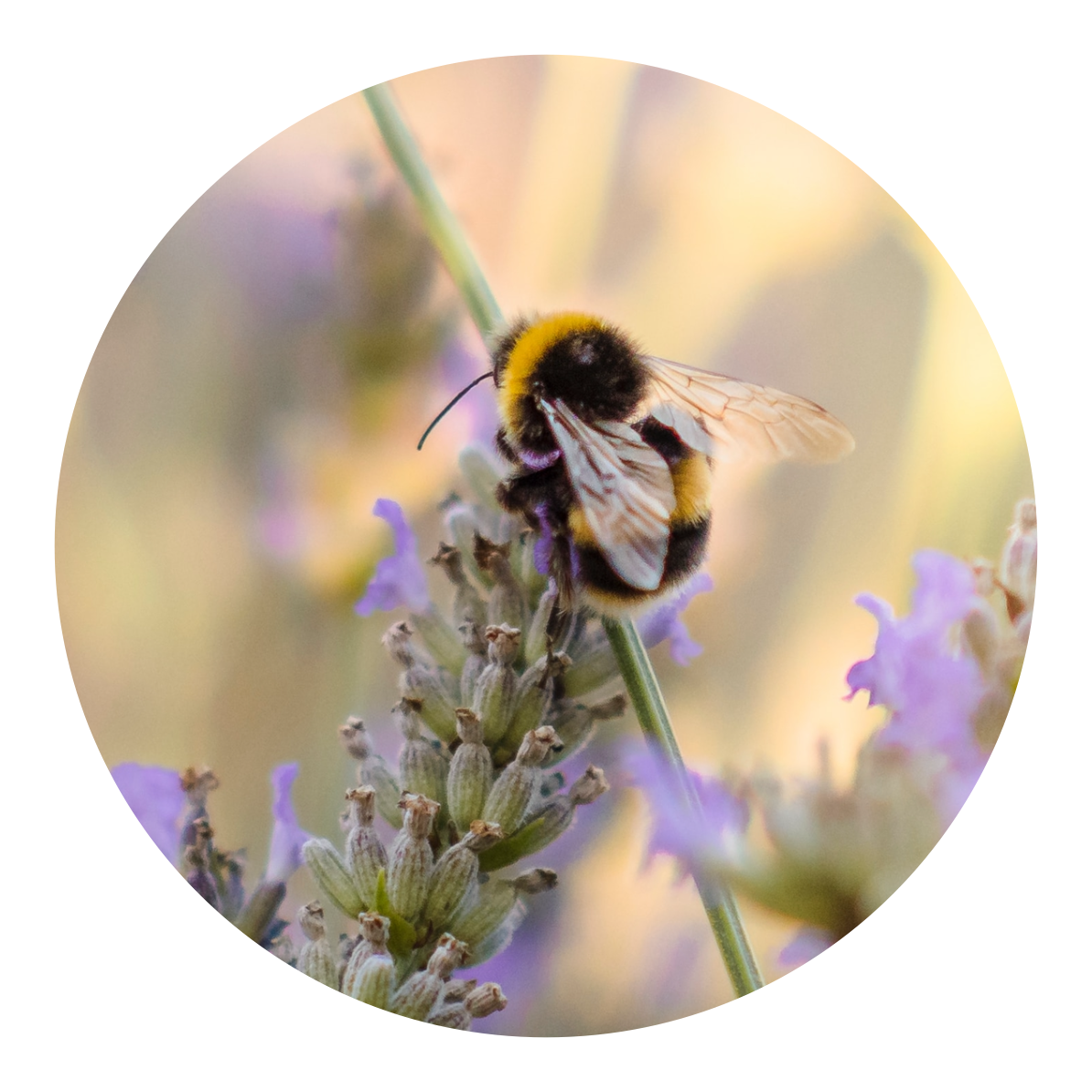
The environment
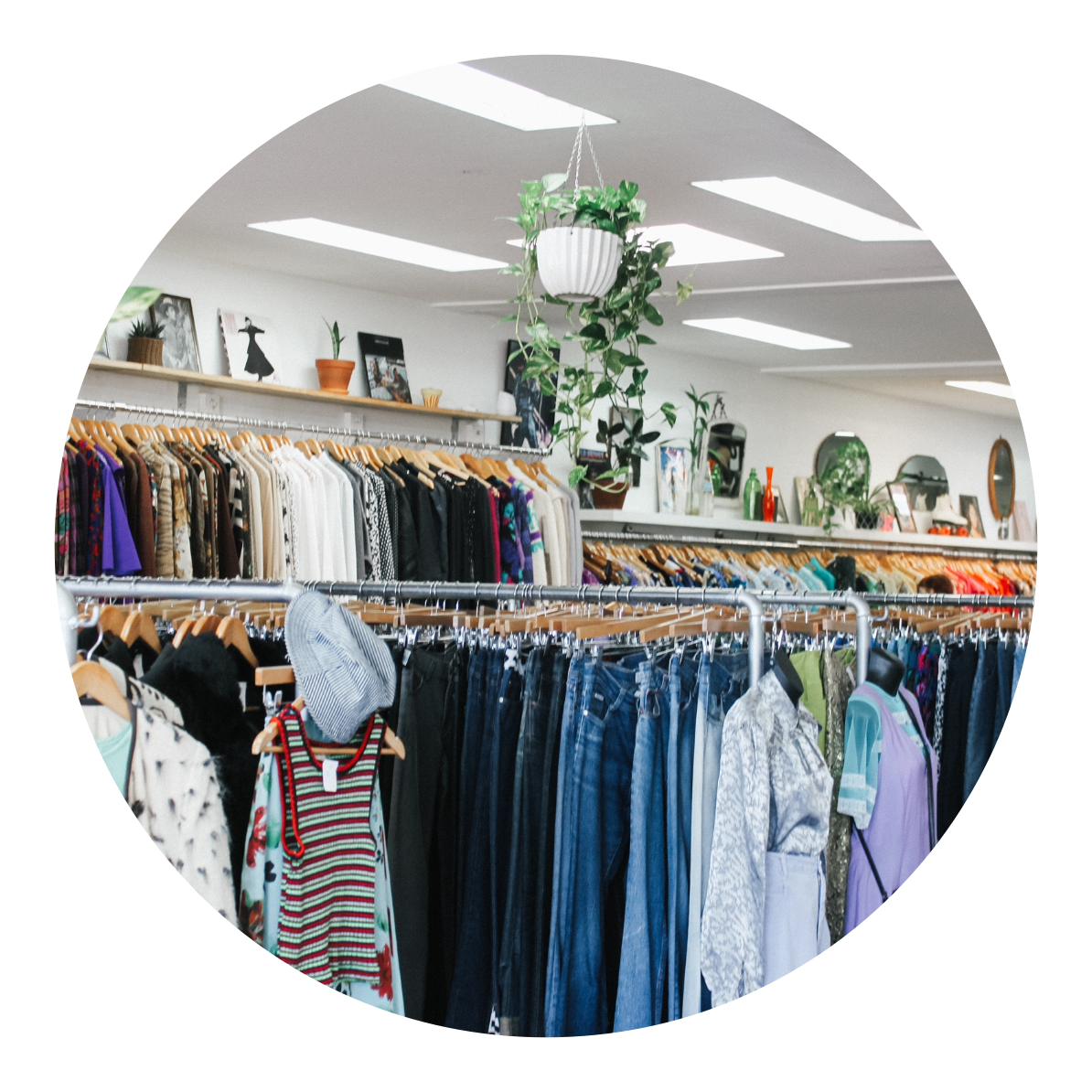
A good selection of thrifted items, in their size and of their own personal style
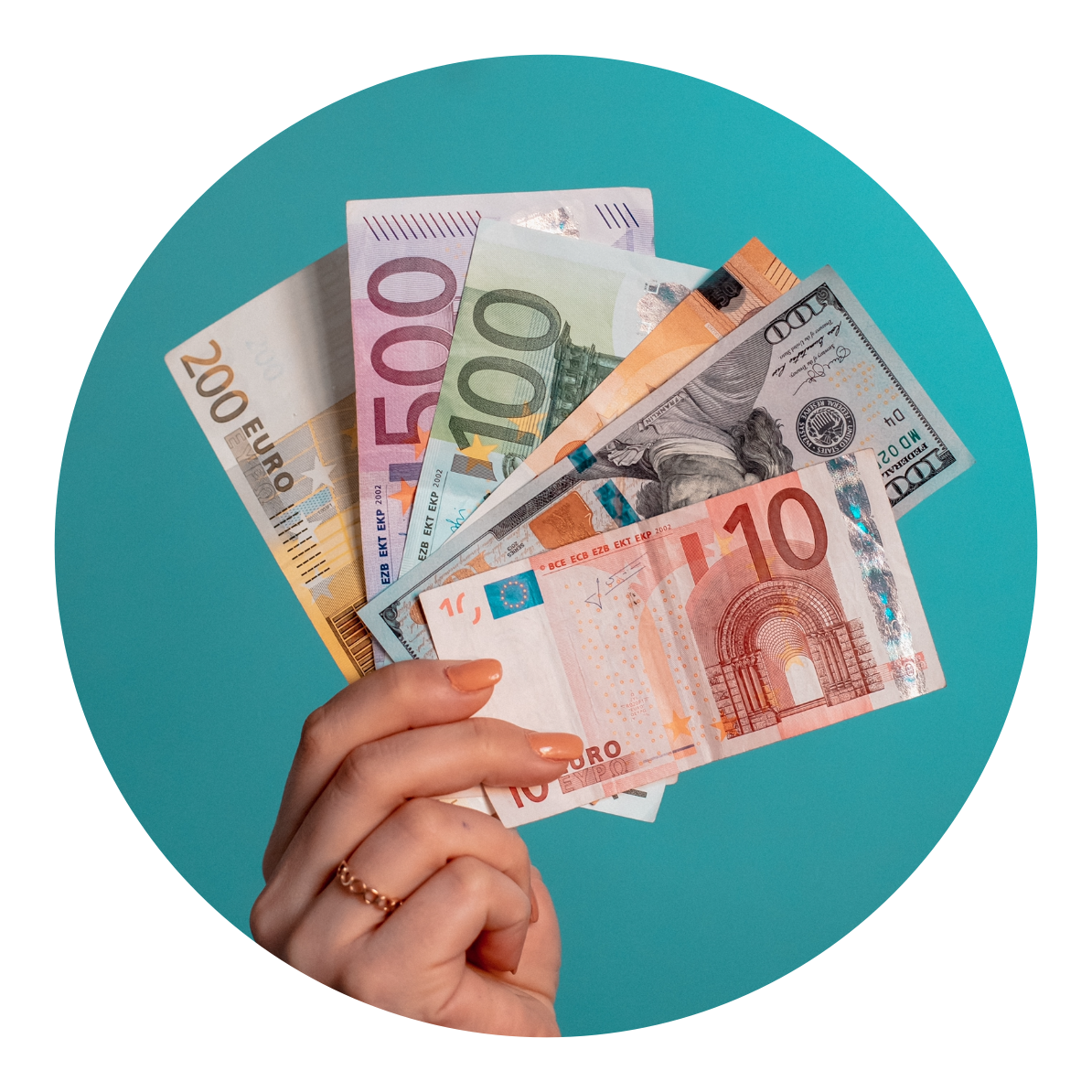
Fairly priced secondhand and vintage items
Task Flow
ased on these insights, I was able to create a set of user stories pertaining to the epic of finding and purchasing a secondhand or thrifted item. From this user story, the following task flow was created to guide RE:THRIFT throughout the formation of its interactive prototype.
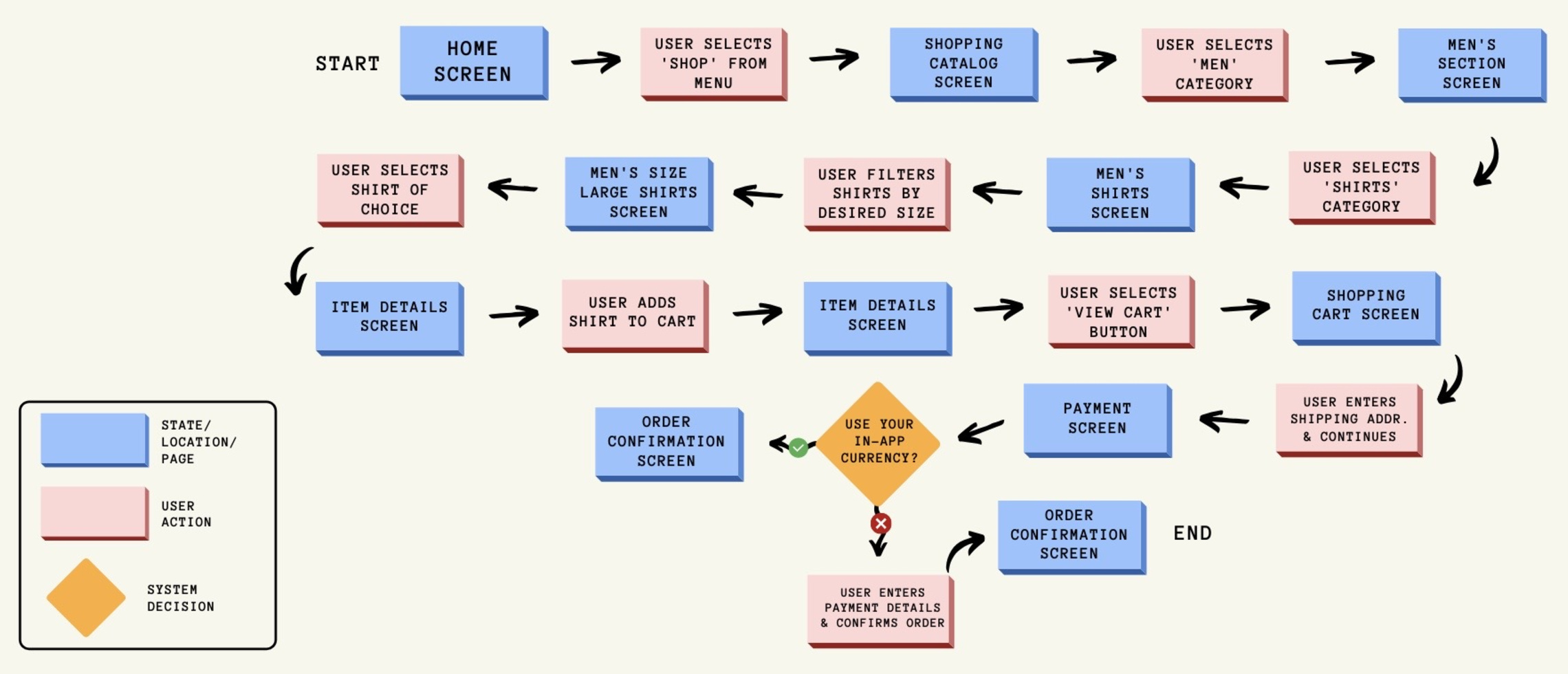

Logo Sketches

Brand Keywords
Unique
Eclectic
Retro
Inclusive
Eco-conscious
Unpretentious
FUN!
Easygoing
Motivational
Laidback
Concept Sketches
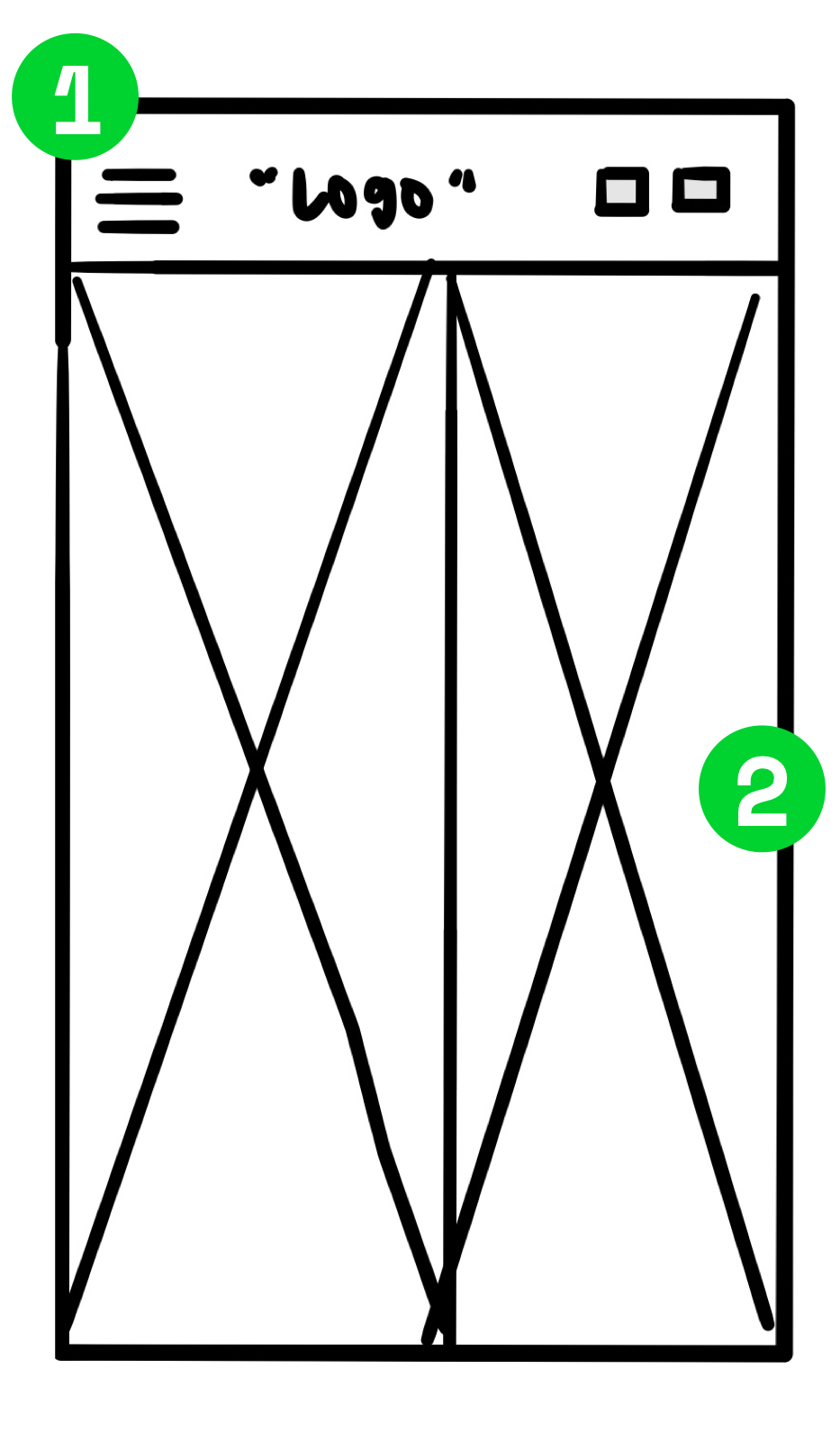
1. Hamburger menu
2. Sliding image carousel on Home screen - for featured / popular items or users
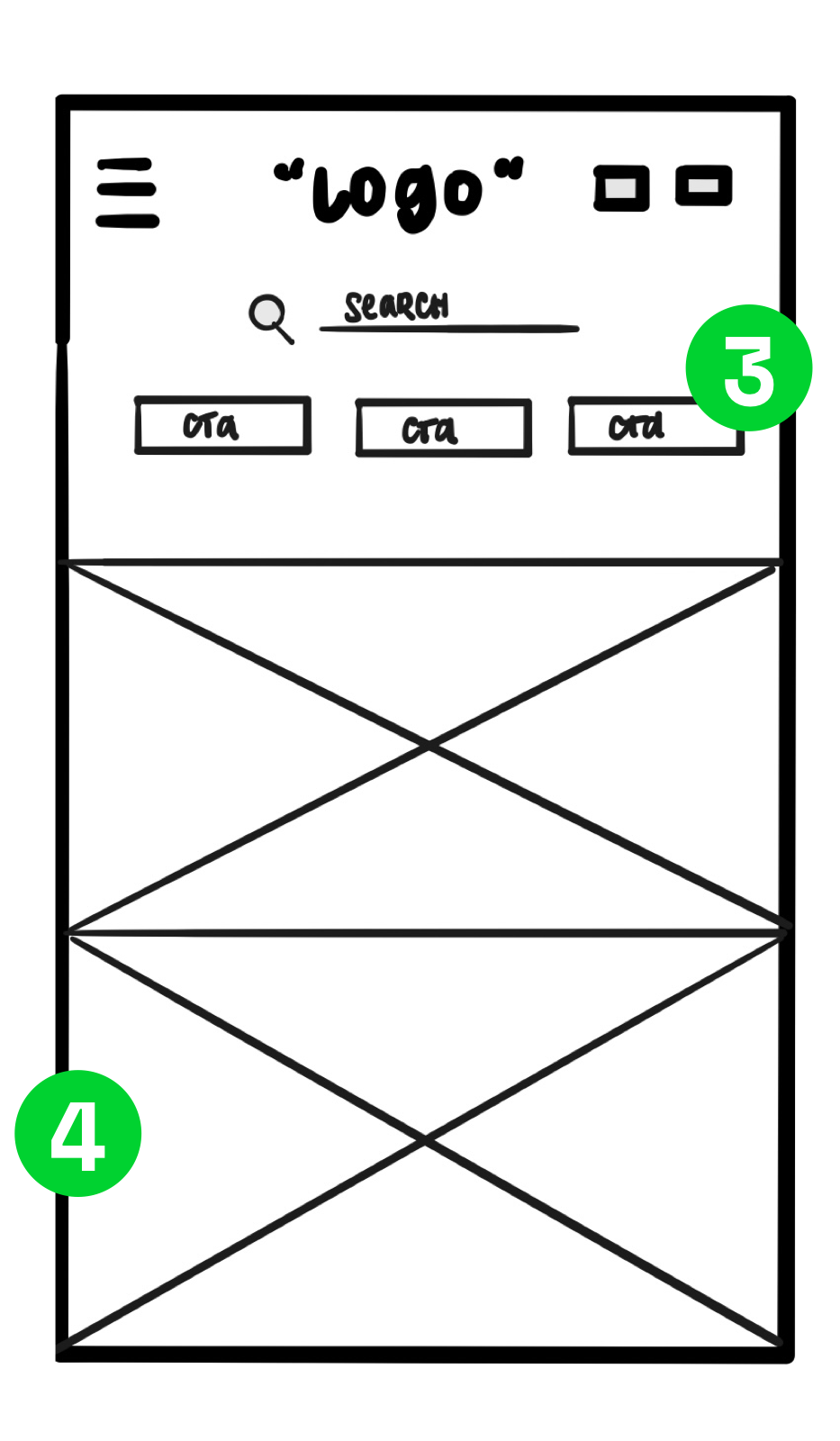
3. Navigation for Shop Category buttons
4. Category Images

5. Virtual Try-On button on item screen
6. Item details & Call-To-Action (size, colour, description, Add to Bag)

7. Augmented reality integration for Virtual Try-On feature
8. Item navigation for try-ons - allows user to pair different items to create looks
Mid-Fidelity Wireframes
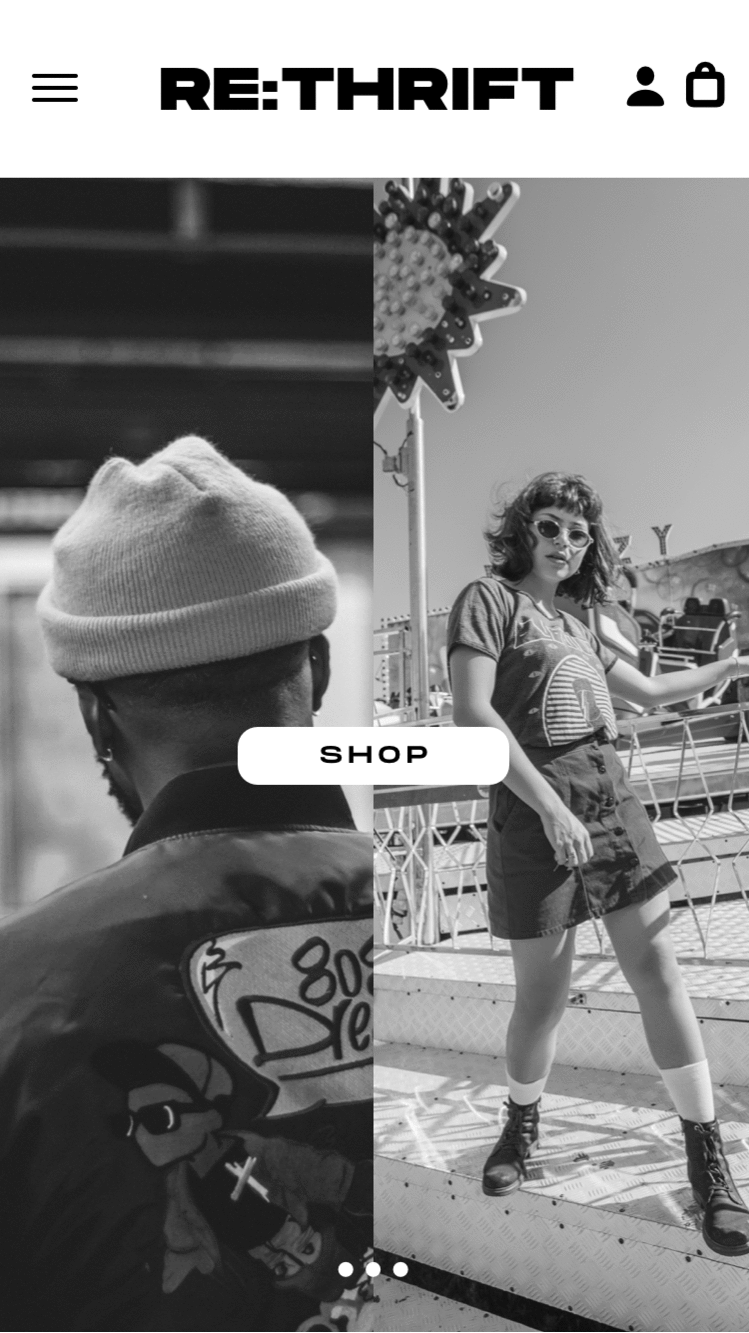
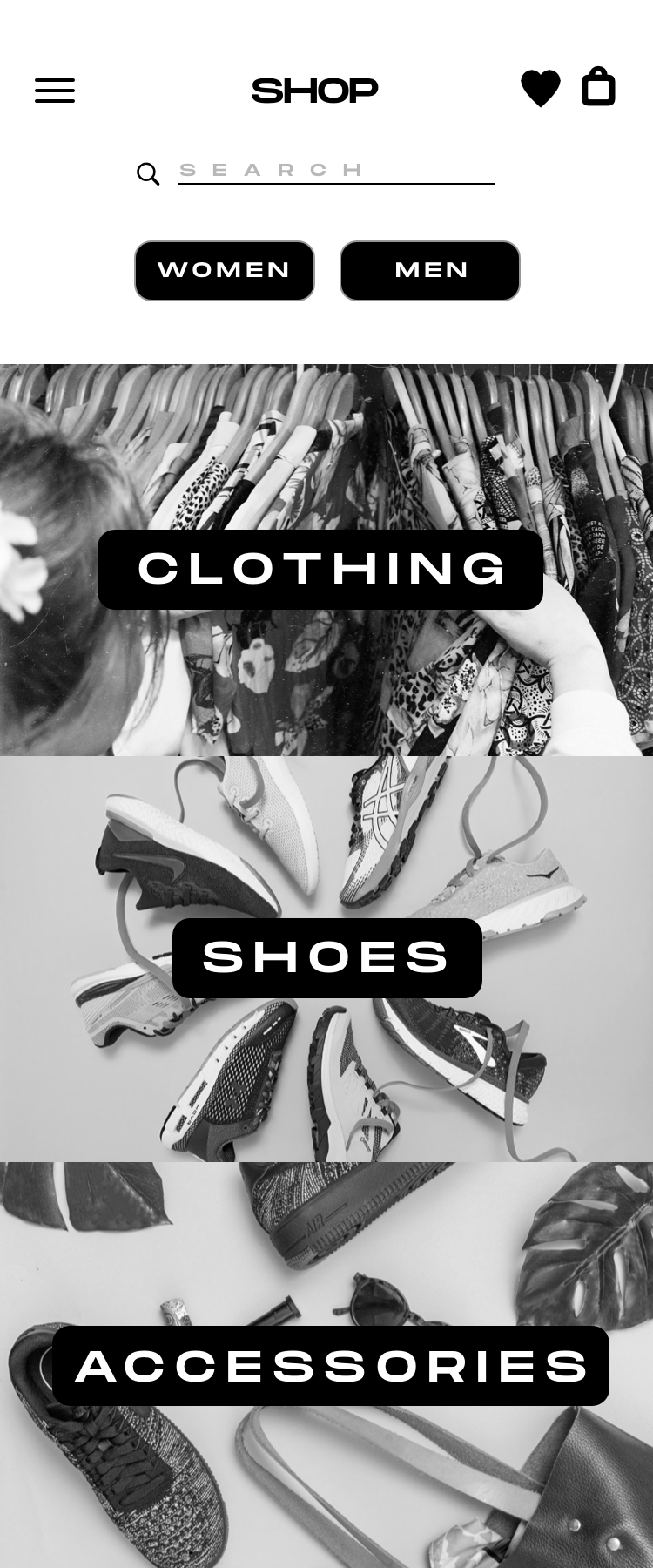
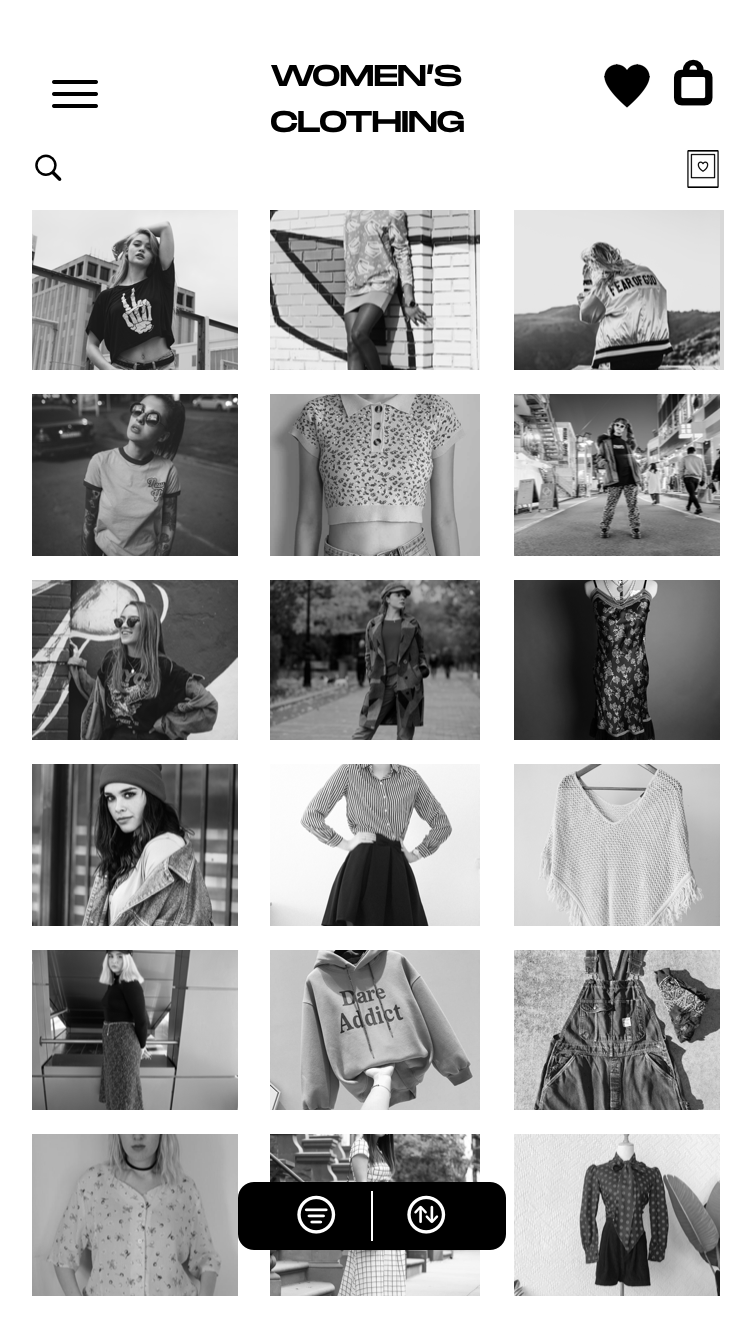

User Test Plan Summary
Following the mid-fidelity wireframe process, a user test plan was created to determine how RE:THRIFT would function in a practical sense, as well as determine what works and what needs improvement. Through usability tests, we were able to obtain valuable feedback that allowed to further improve the design and provide an optimal user experience throughout the app.
Scenario and Tasks
For the purposes of these usability tests, the user was to complete a series of tasks as a registered user of the RE:THRIFT app. The tasks they were to complete are as follows:
I.
Sign in to start shopping
II.
Browse to an item
III.
Add an item to favourites
IV.
Add an item to shopping bag
II.
Try on an item
III.
Purchase an item
User Test Findings and Insights
The app's approach to encouraging sustainability was a positive experience.
People liked that the app wasn't too in their face about sustainability - they enjoyed they were able to browse and shop freely, then receive a reward for doing so. This made their sustainable shopping choices feel effortless and encouraging.
Information should be more visible and legible.
Users felt that the app's text could have been more legible at a larger size - certain text was difficult to read, and the clickable area was too small to make the navigation accessible.
A sense of inclusivity and browsing freedom within the app's Sorting and Filters was very important.
Users stressed the importance of being able to browse clothing of all kinds, free from the restriction of only seeing Women's or Men's items at a time - they preferred to browse everything all at once, just like they would on a trip to the thrift store.
Users also stated that they would have liked to see a more inclusive browsing option within the Filters, particularly featuring items that would cater to those who identify as gender-fluid or non-binary (i.e. an All or They/Them Filter).
High Fidelity Wireframes
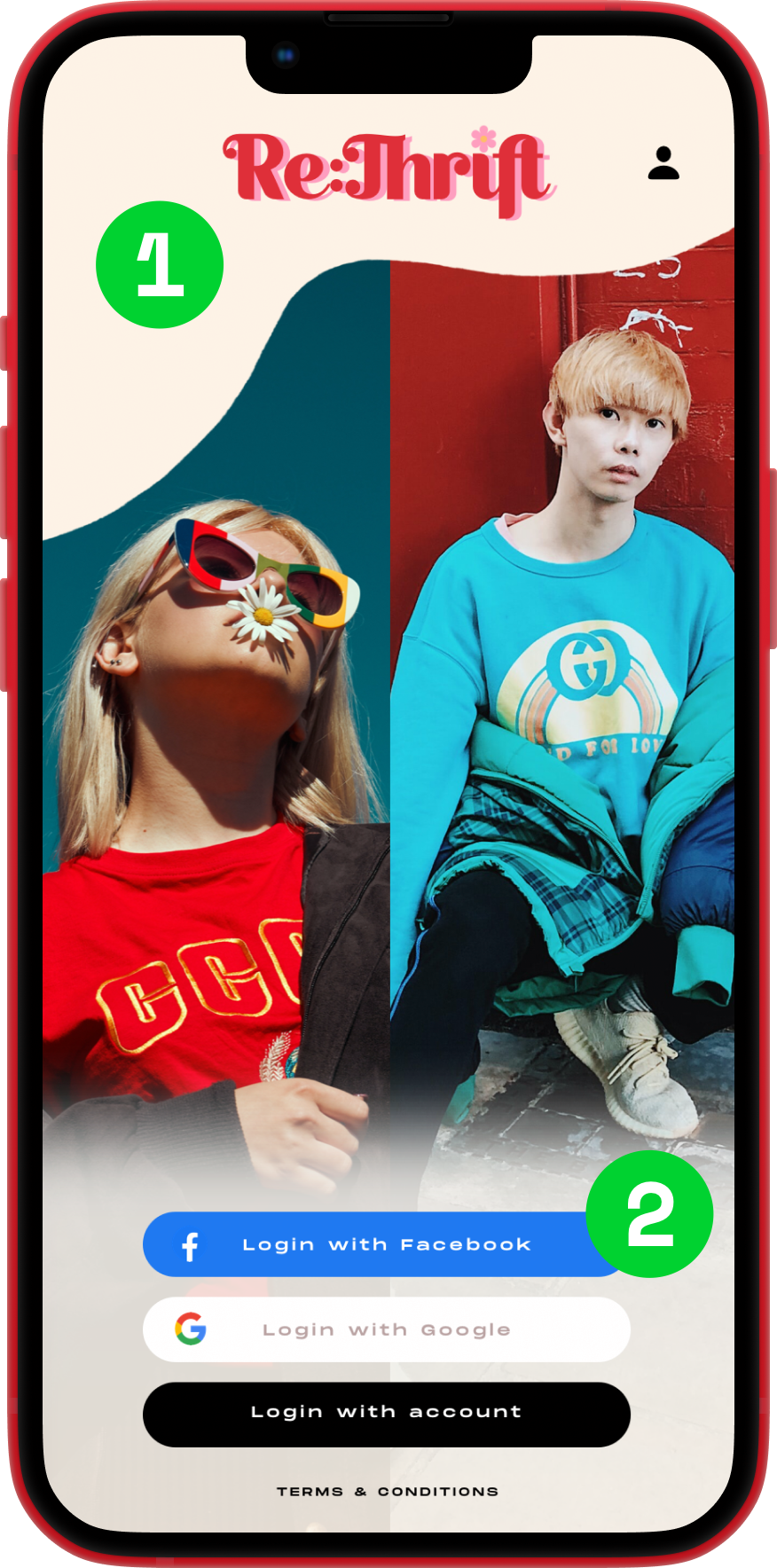
1. Final stylized logo
2. Multiple sign-in options and app T&Cs

3. Shop, Discover, and Feed tabs - lots to explore!
4. Navigation bar for Home, Search, Camera, Messages, and Profile

5. Improved image grid for browsing items
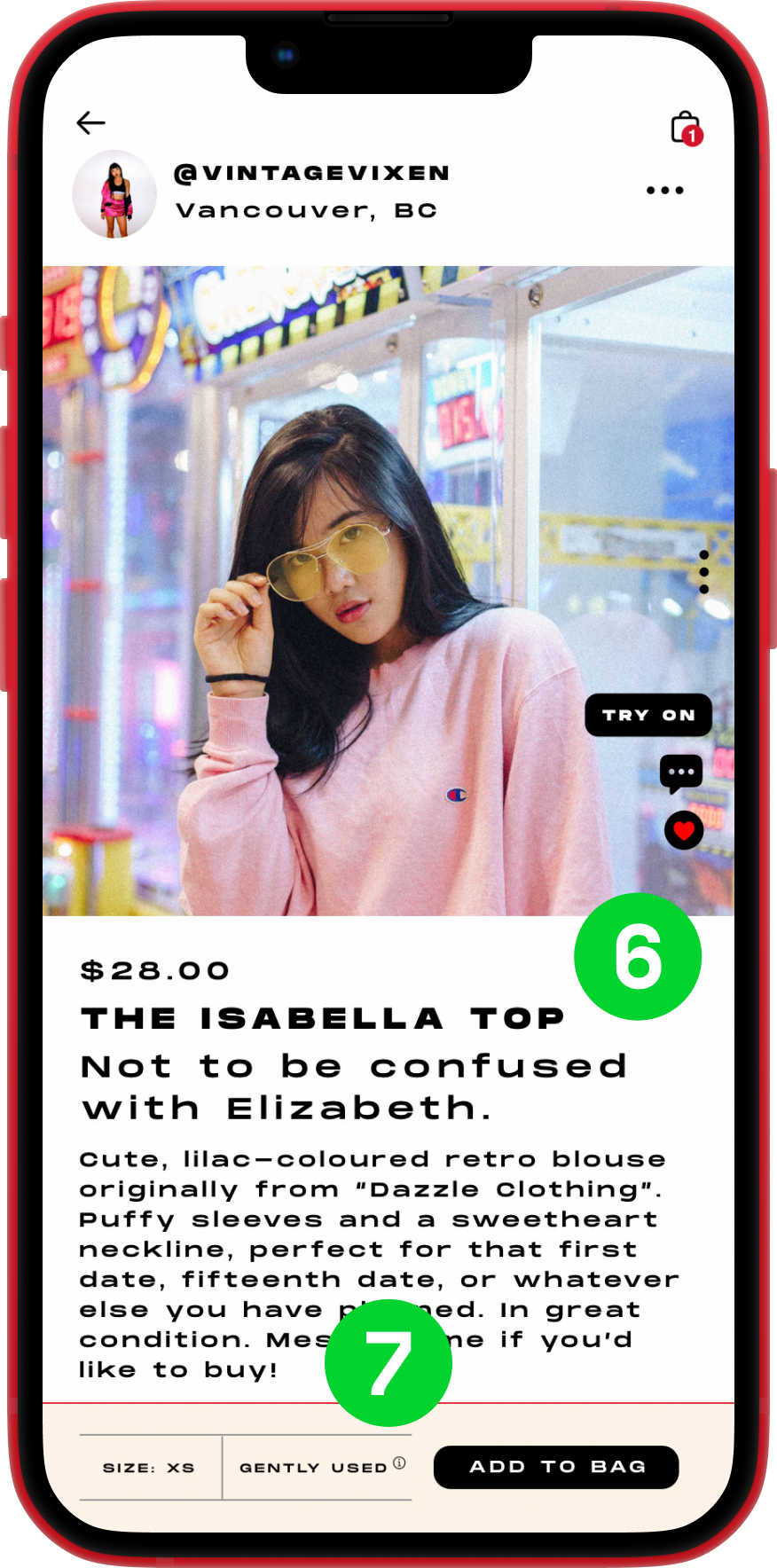
6. Item details font change for readability
7. Container added to bottom bar to increase visibility of item's condition and CTA
Interactive Prototype
Marketing Website
Design Impact
RE:THRIFT has created an opportunity for people to venture into adopting more sustainable practices into their lives in a more simple, attainable way - thrift shopping! Whether you're a novice to the world of sustainability and thrifting or a seasoned expert, RE:THRIFT makes it fun and easy to accomplish!
Artefact Tarot Cards of Tech:
The Catalyst
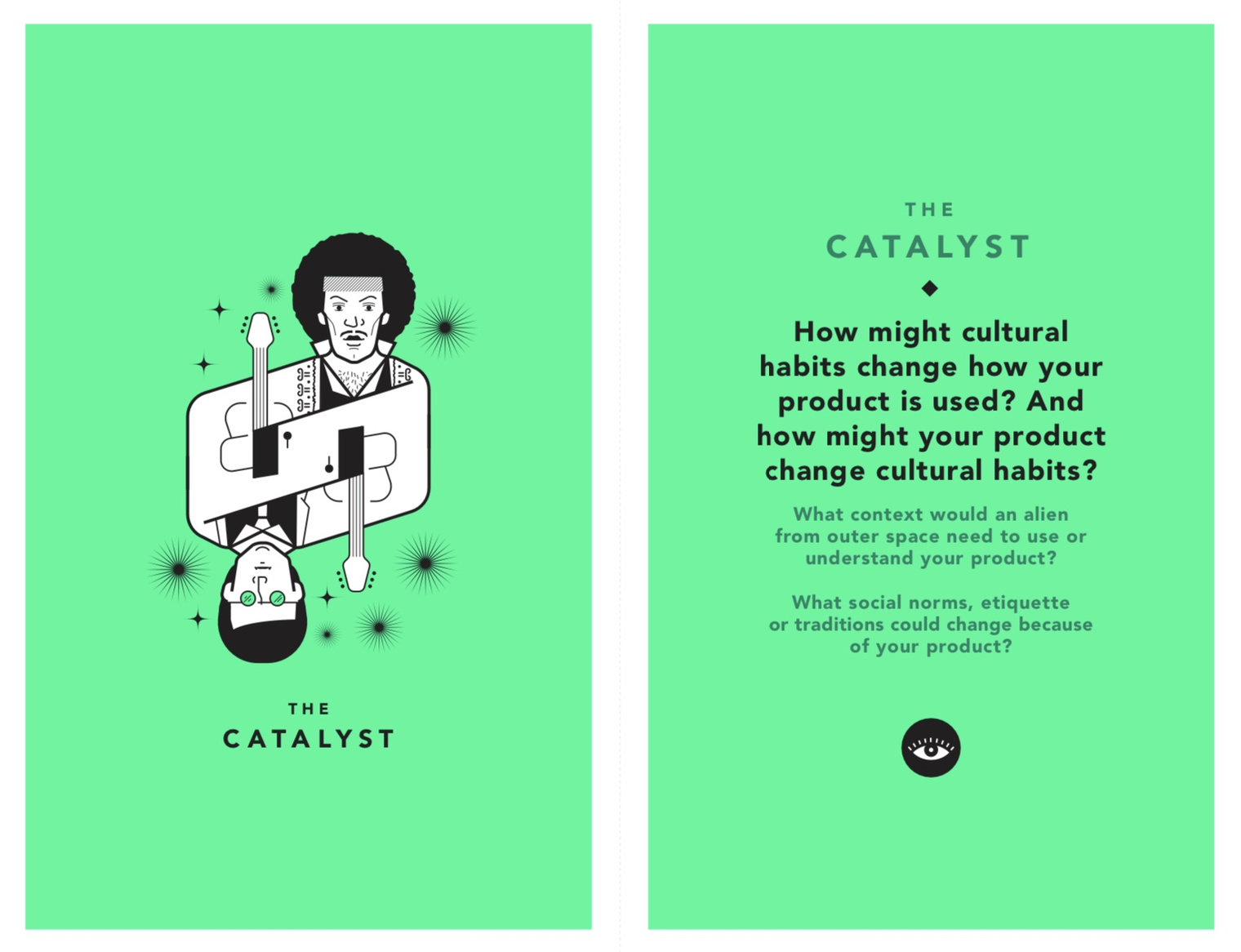
RE:THRIFT's position as an app centred around achieving fashion sustainability via thrifting makes it capable of improving the cultural and/or societal shopping habits of people everywhere.
The app does this by altering people's views of buying pre-loved, secondhand items by showcasing its positive effect on the environment. If people commit to the use of RE:THRIFT, social norms and etiquette for the way people view and treat the planet could see a major shift. This would occur particularly in relation to how the amount of clothing waste they produce, and the mindfulness they have when it comes to recognizing their unsustainable shopping practices, and following it up by making more ethical buying decisions in place of them.
Future Thinking
I. Sustainability as a resource
Addition of articles and videos on ways to be more sustainable with fashion (ex. tutorials, style tips for being more environmentally friendly, etc.)
II. A community-based sharing platform
A place for avid RE:THRIFT users to come together and share the wealth of their love for thrift shopping and support each other on their paths to leading more sustainable lives
Key Project Takeaways
I.
People are more likely to use a product like RE:THRIFT if there is a reward system in place to keep them motivated and interested.
II.
People want to be environmentally conscious, but don't always think of fashion as a means of being more "green".
III.
People respond well to designs that are familiar to them. RE:THRIFT took a lot of inspiration from social media app designs, and users appreciated being able to easily navigate an app that seemed familiar, even if it was completely new.
